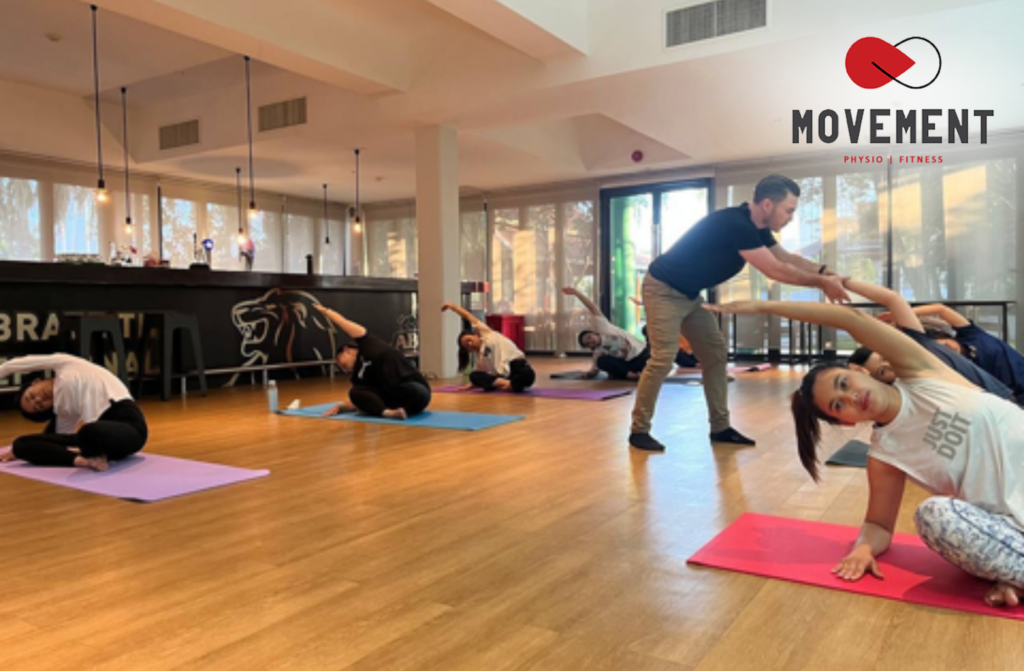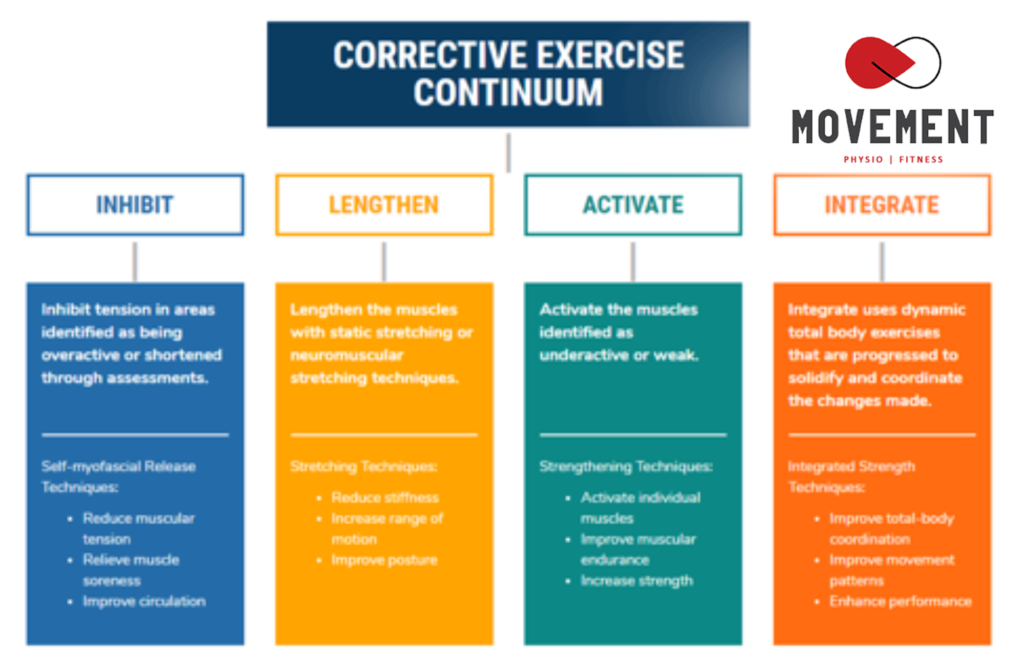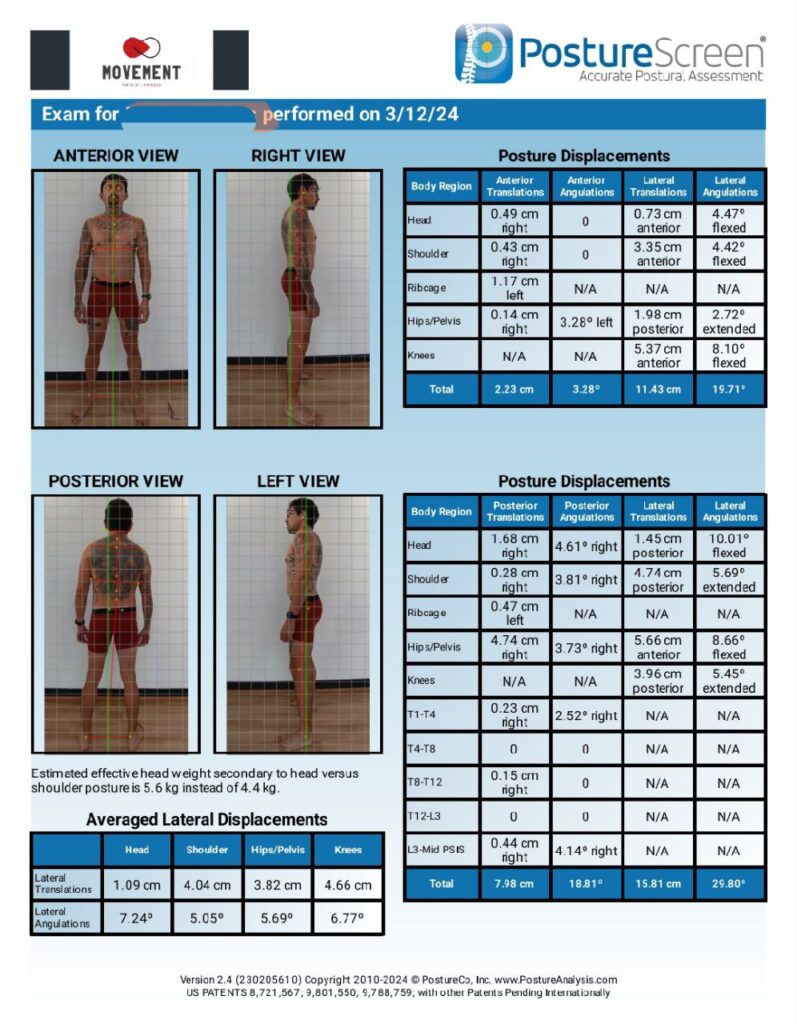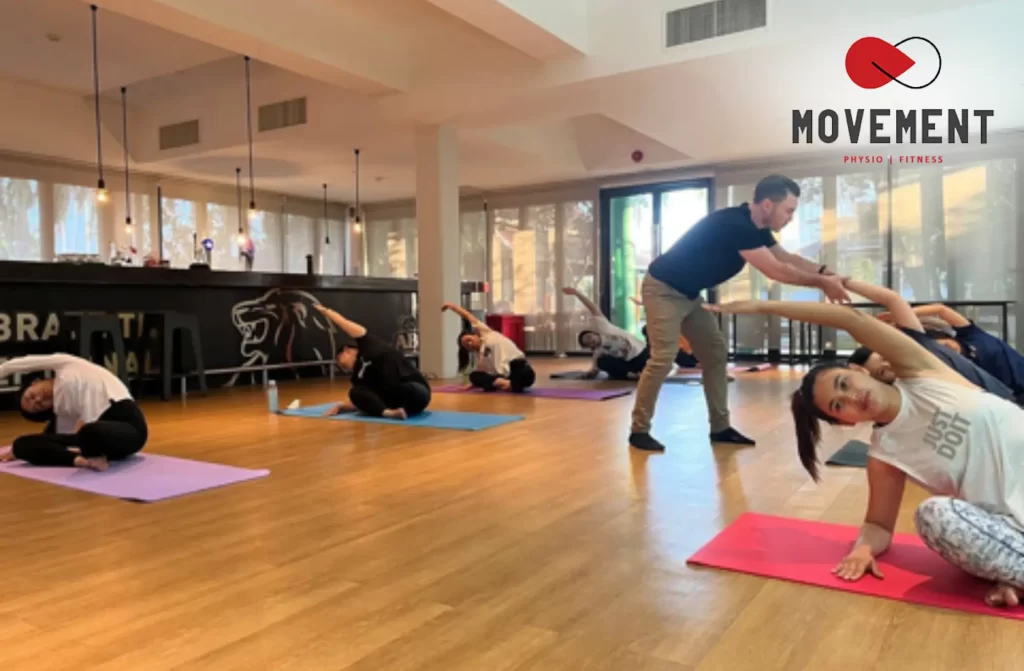Understanding NASM’s Corrective Exercise Continuum (CEX): A user-friendly guide
What is Corrective Exercise?
Corrective exercise is a method that transcends fitness and health professions. It’s not just for athletes; it’s for everyone, from those who engage in occasional physical activities to individuals striving to enhance their daily movement quality. Corrective exercises are a versatile tool, aiding individuals of all backgrounds in moving more efficiently and mitigating the risk of injury by identifying and rectifying imbalances.

NASM’s four-step approach to Corrective Exercise:

Phase 1: Inhibit overactive muscles:
The first phase of Corrective Exercise is all about practicality, focusing on relieving tension in tense or overactive muscles. Techniques like foam rolling can accomplish this. For instance, if you spend long hours at a desk and experience tightness in your shoulders, incorporating a foam roller into your routine can help alleviate this tension, preparing your muscles for more effective stretching.
Phase 2: Lengthen shortened muscles:
Here, the goal is to elongate muscles that have become shortened due to poor posture or repetitive movements. It’s a common misconception that stretching physically lengthens the muscle fibers. Instead, stretching helps the muscle relax and extend to its natural length, improving flexibility and range of motion. For instance, if you have tight hamstrings from sitting too much, specific stretches can help restore their length and improve overall mobility.
Applying these phases:
Phase 1 Example: Imagine you’re a runner with tight calf muscles. Using a foam roller on your calves can help reduce this tension, making them less prone to cramps or strains.
Phase 2 Example: After you’ve relaxed your calf muscles with foam rolling, stretching them can further enhance their flexibility. A simple calf stretch against the wall can significantly affect how your calves feel and perform during a run.
Phase 3: Activate underactive muscles
Think of the third phase, Activation, as the moment to highlight those muscles that haven’t been pulling their weight. Activation is like giving a pep talk to the muscles slacking off, encouraging them to step up their game.
For example, if someone’s knee tends to cave in while they squat (a common issue known as knee valgus), it might be a sign that their gluteus medius (a hip muscle) isn’t doing its job. The solution? Targeted exercises like side-lying hip abductions, where the individual lifts their leg away from the body while lying on their side. This move fires explicitly up the gluteus medius, especially if they press their leg against a wall, adding an extra challenge and ensuring they’re working the right muscle.
Applying these phases:
Consider a person with knee valgus during a squat. This often indicates that the gluteus medius isn’t engaging correctly. You could have the person perform side-lying hip abductions to activate this muscle. Here’s how:
- The person lies on their side, with the bottom leg bent for stability and the top leg straight.
- They then lift the top leg upwards, away from the bottom leg, while keeping the leg straight and the hip in line with the rest of the body.
- Adding a wall push with the top leg, where the individual presses the heel against a wall while lifting, can increase Activation and ensure the correct muscle engagement.
Phase 4: Integrate with multi-joint movements
After we’ve woken up those sleepy muscles, it’s time for Integration, the grand finale where everything comes together. Imagine an orchestra where each instrument plays its part; Integration is when the whole ensemble performs in harmony.
Integration exercises teach the body to use all its muscles cooperatively in more complex, real-world movements. For the person with knee valgus, an integrated exercise might be a squat against a wall with a resistance band around their knees. This exercise doesn’t just work one muscle. Still, it involves the whole body in a coordinated effort, promoting a healthy squat pattern that keeps the knees aligned.
As you progress and your body becomes more resilient and coordinated, the exercises can evolve, becoming more demanding and diverse to keep pace with your improving fitness level. For instance, you might advance from doing squats with wall support to performing them without support, adding weights, or transitioning to lunges and jumps. This progression increases the complexity and intensity of the movements, ensuring a continuous challenge for your body.
Applying these phases:
You can integrate the activated gluteus medius into a squat for the same individual with knee valgus. Here’s a progression to ensure the muscle remains active during a functional movement:
- Start with a wall squat with a resistance band around the knees. The resistance band encourages the knees to stay aligned, engaging the gluteus medius.
- As the individual becomes more adept, transition to squats without wall support, maintaining knee alignment without the tactile feedback from the wall.
- Introduce variations like adding weights to increase the challenge or transitioning to single-leg exercises like lunges to enhance stability and muscle integration further.
- Progress to more dynamic movements like squat jumps or lateral movements to incorporate the activated muscles into various planes of motion and activities.
The big picture
Corrective exercises are a journey, not a quick fix. They’re about optimizing movement for everyone, whether you’re an athlete, a weekend warrior, or just someone who wants to move better in daily life. By gradually working through the four phases—Inhibit, Lengthen, Activate, and Integrate—you’re teaching your body to move more efficiently and with greater coordination, which can enhance performance and reduce the risk of injury. Remember, it’s not about how fast you progress but about the consistency and dedication you put into it. Each phase builds upon the previous one, ensuring a solid foundation for your movement journey.
Whether using these exercises as a warm-up or a full workout, the key is progressing thoughtfully and consistently. By doing so, you’re not just building a foundation of strong, balanced, and coordinated movement but investing in your physical health and performance, ensuring you can excel in all your physical activities. Think of it as a long-term investment in your body that will pay off in improved performance and reduced risk of injury. The more you commit to Corrective Exercise, the more you invest in a healthier, more efficient, and injury-resistant body.
At Movement, we assist you through this entire process, from inhibition to integration, with a team of specialists guiding you. Book your consultation now and take your first step



Add your first comment to this post